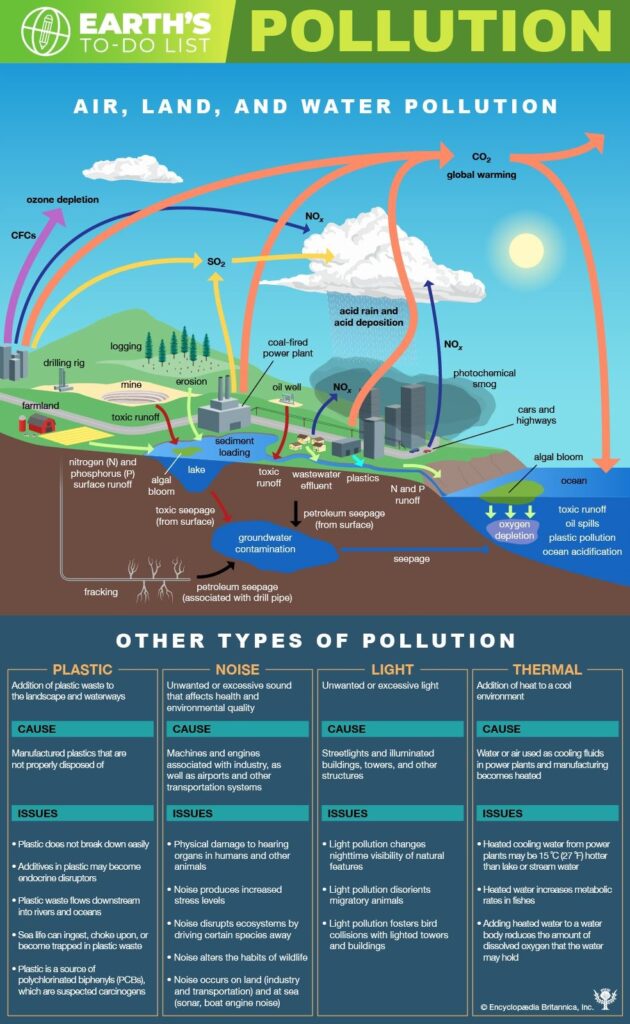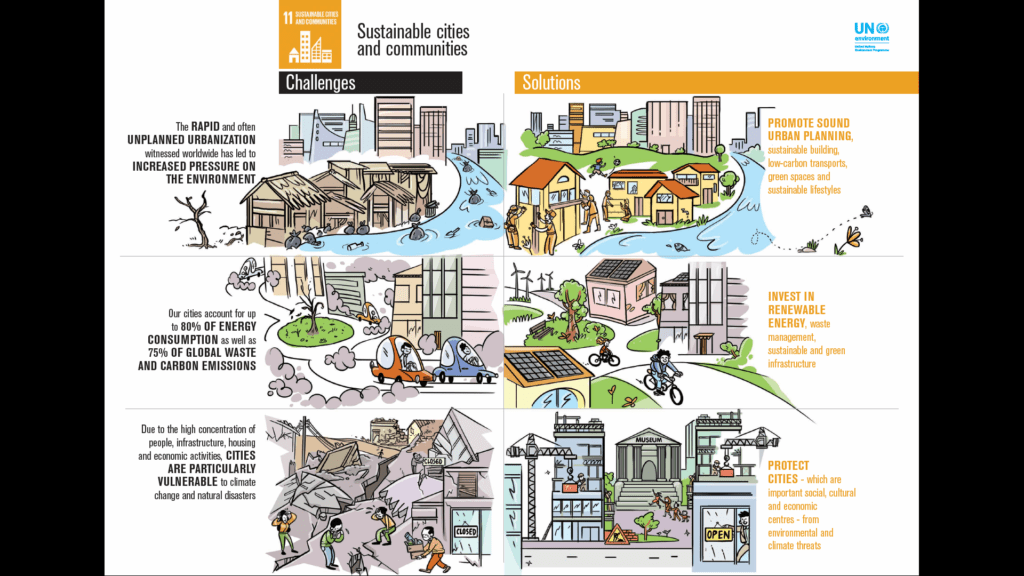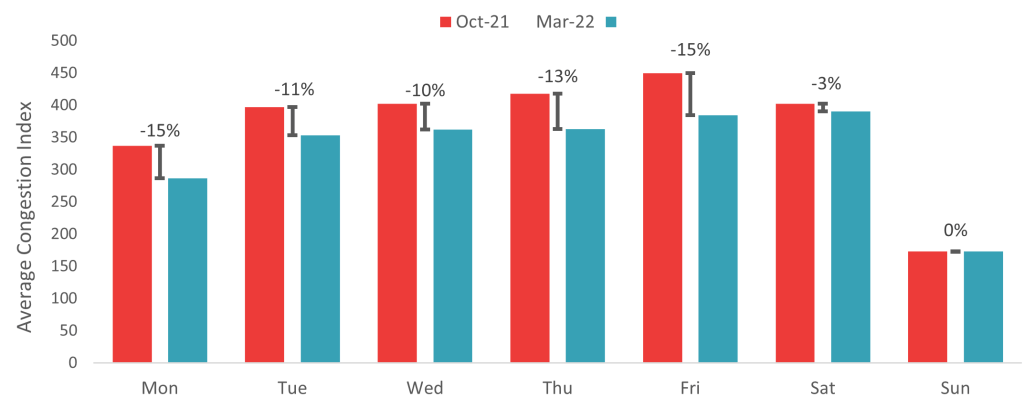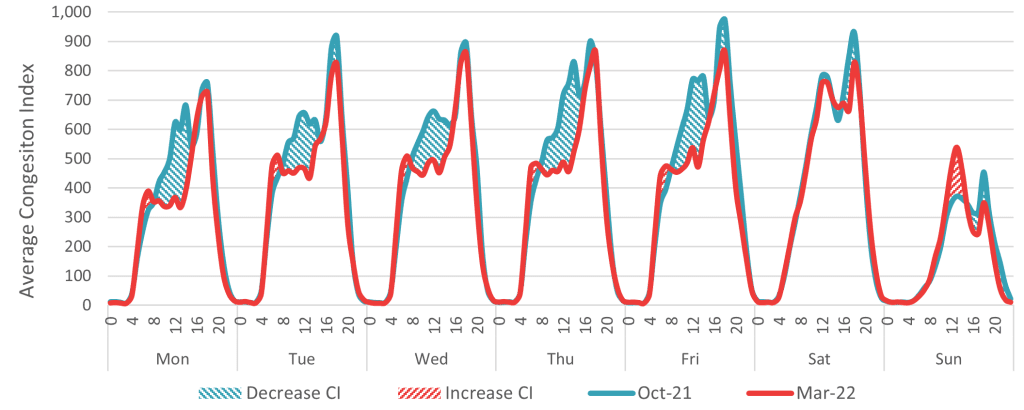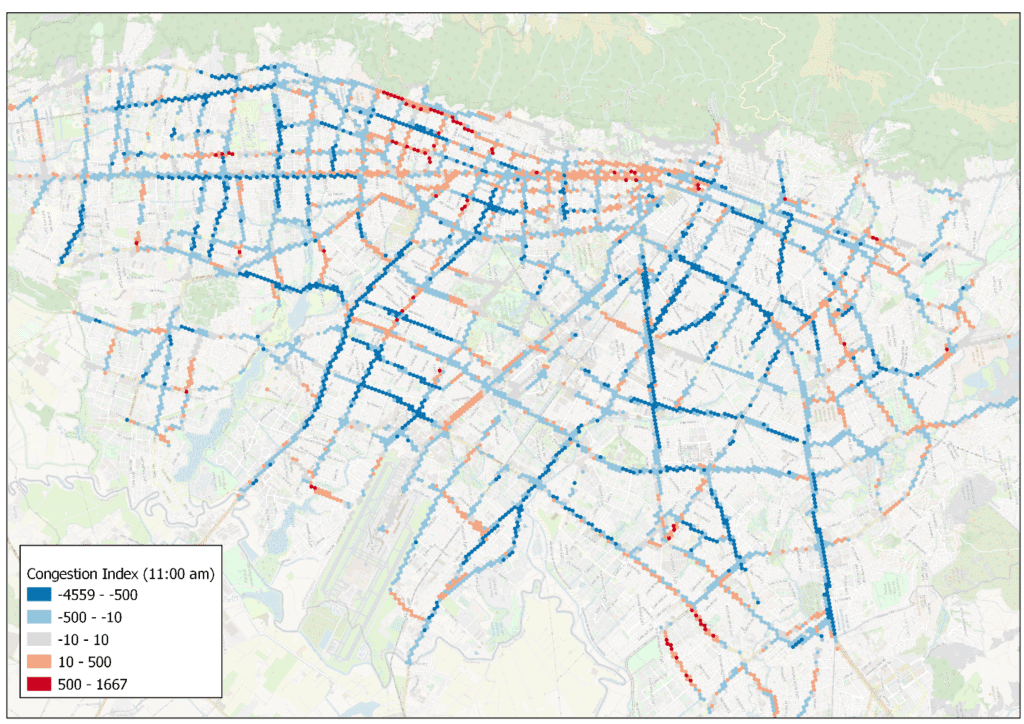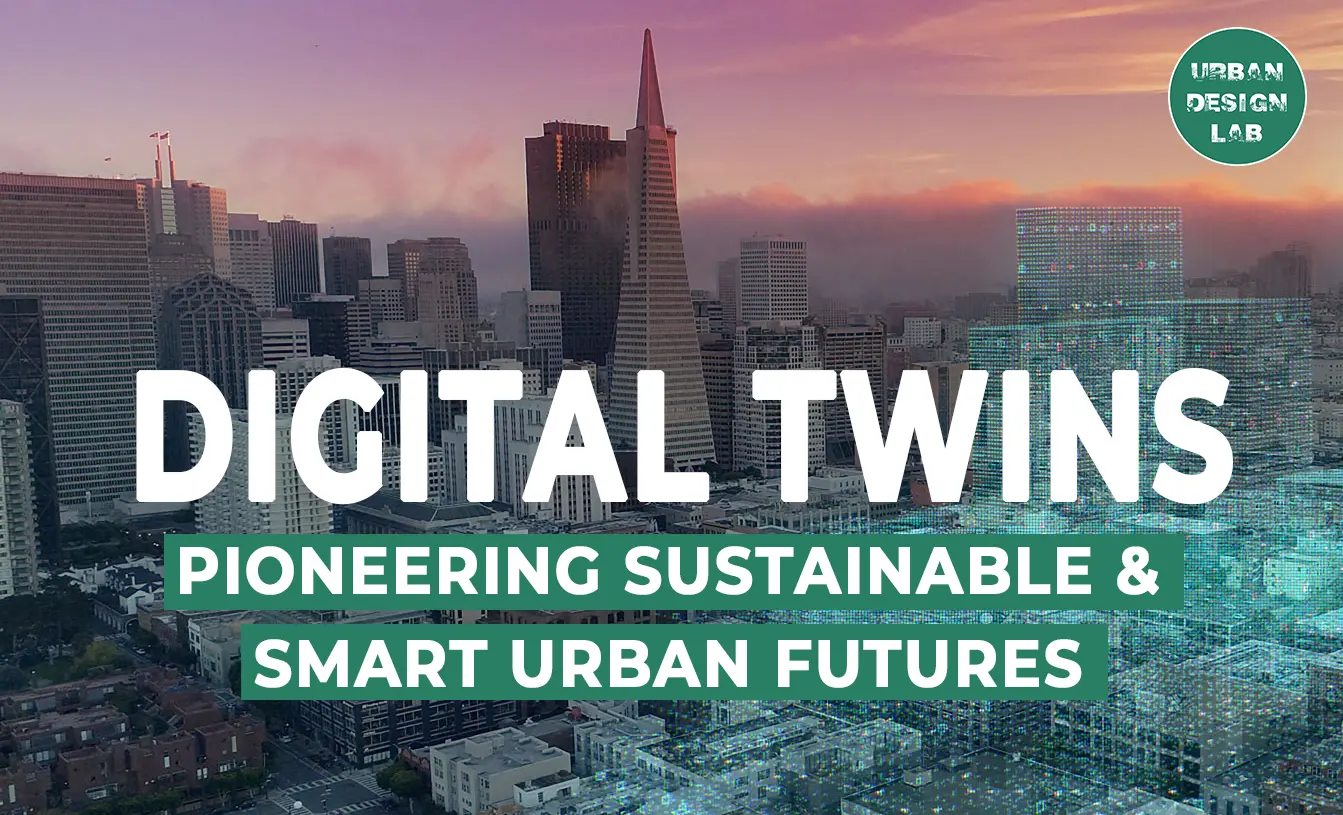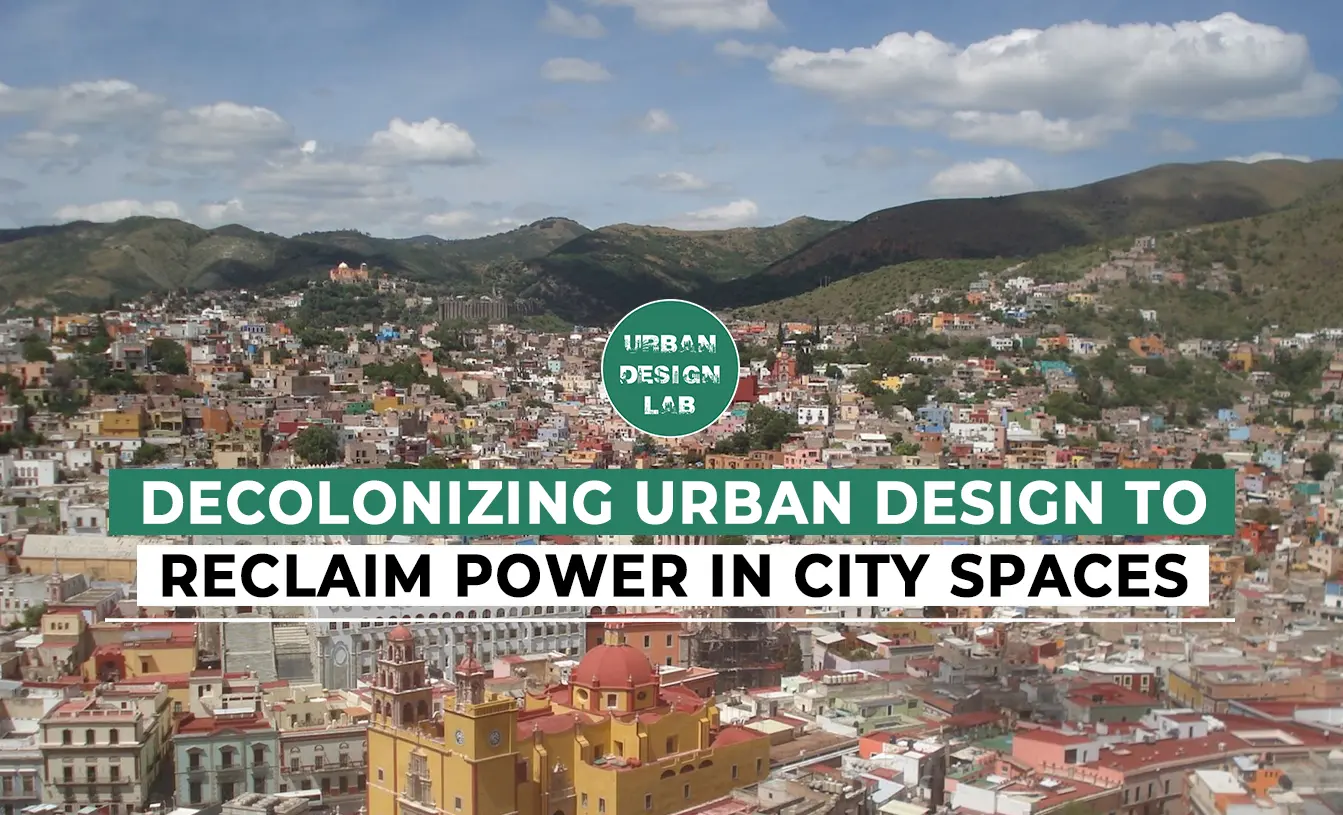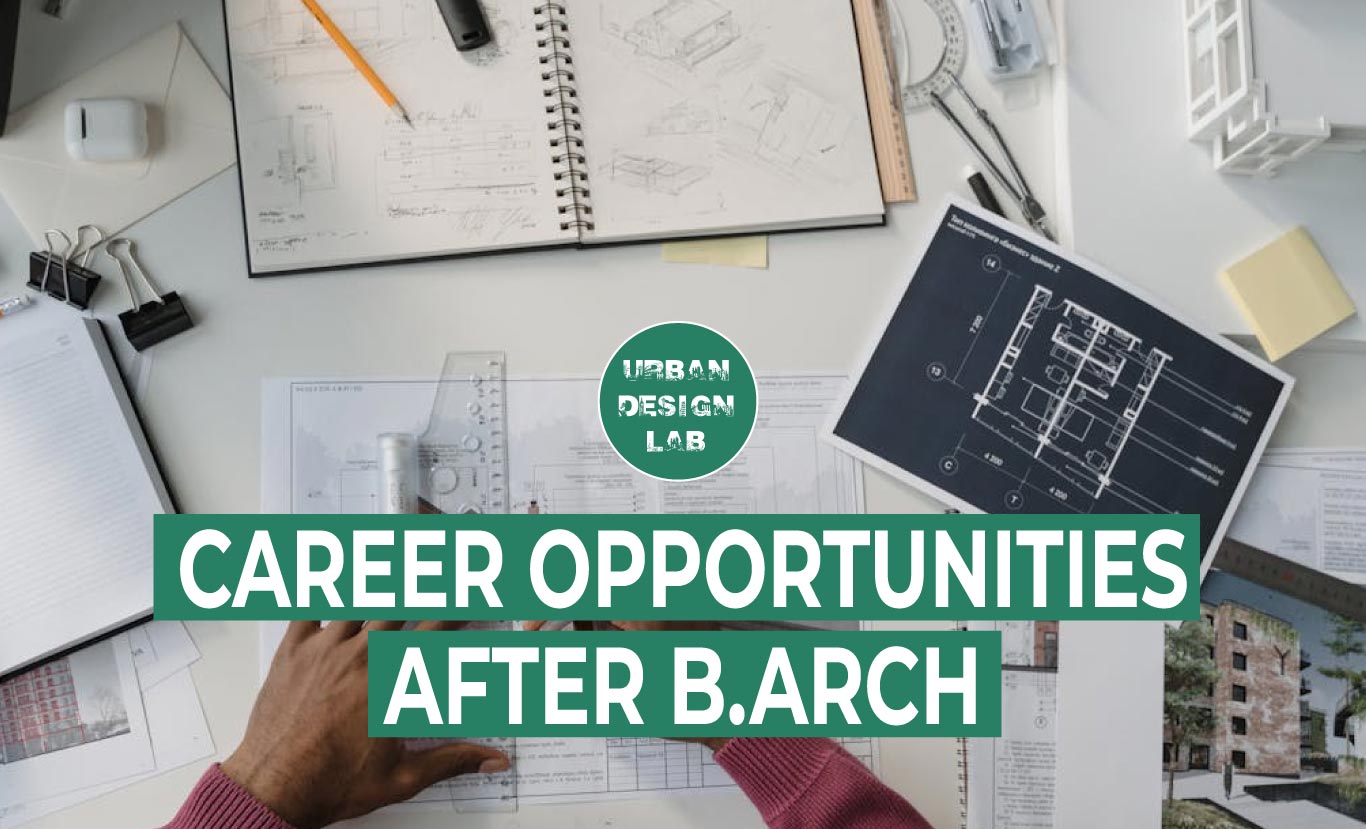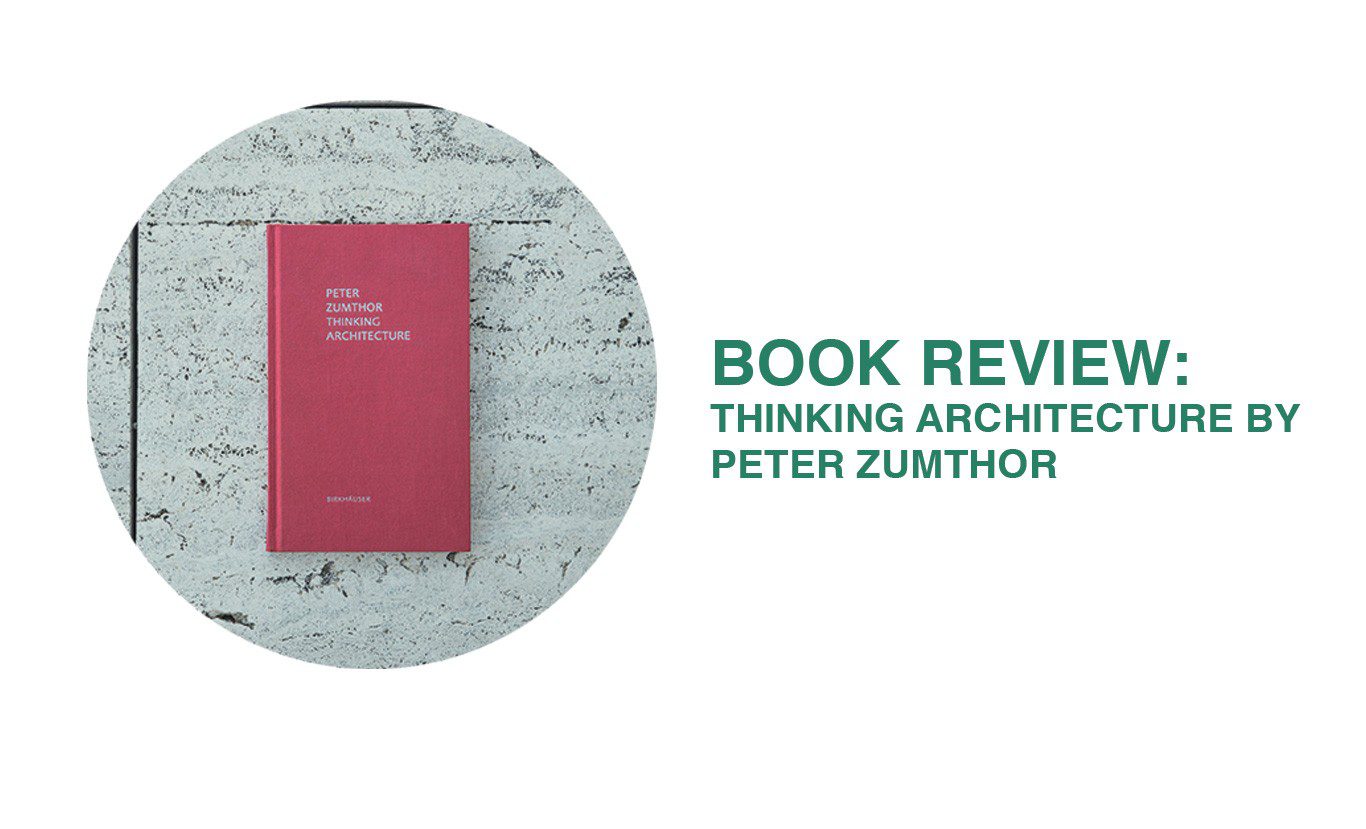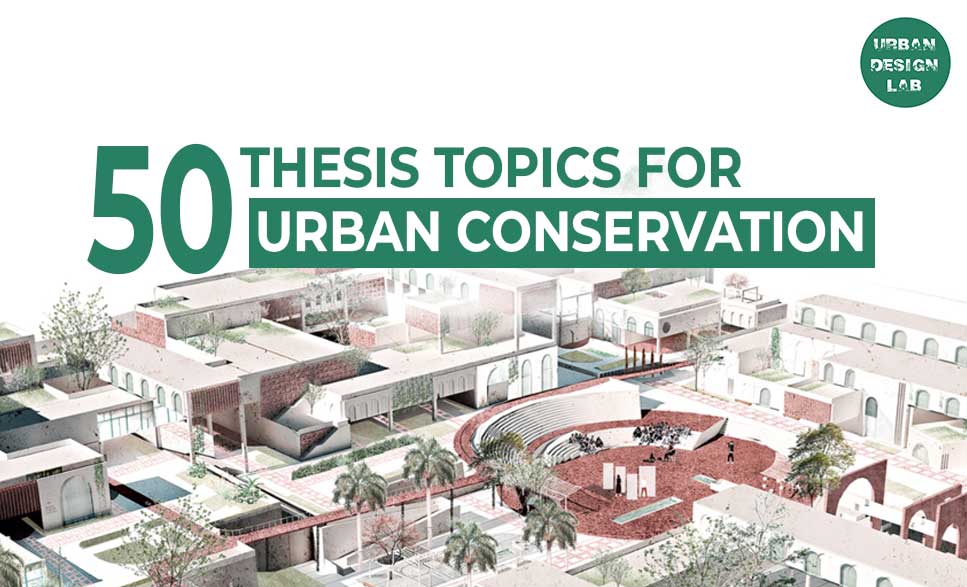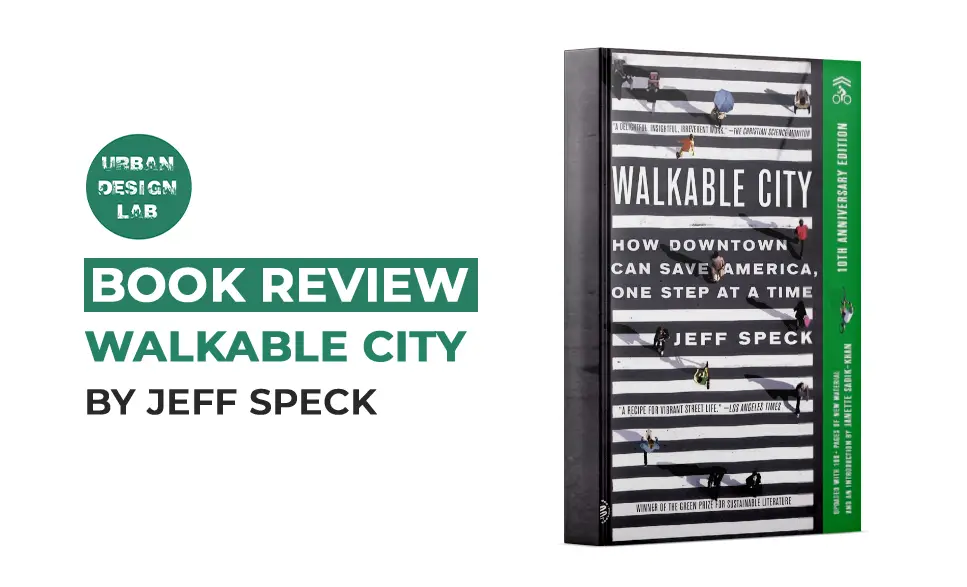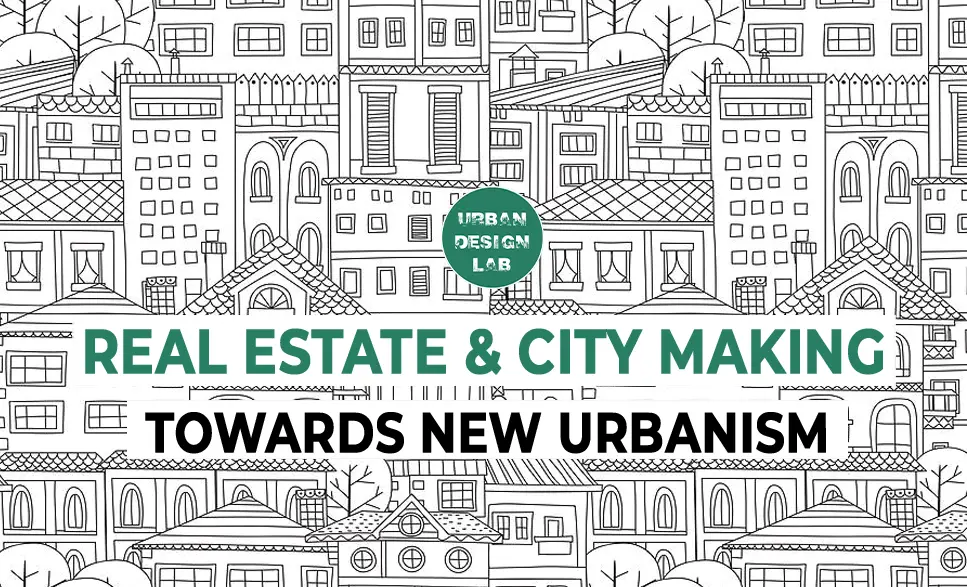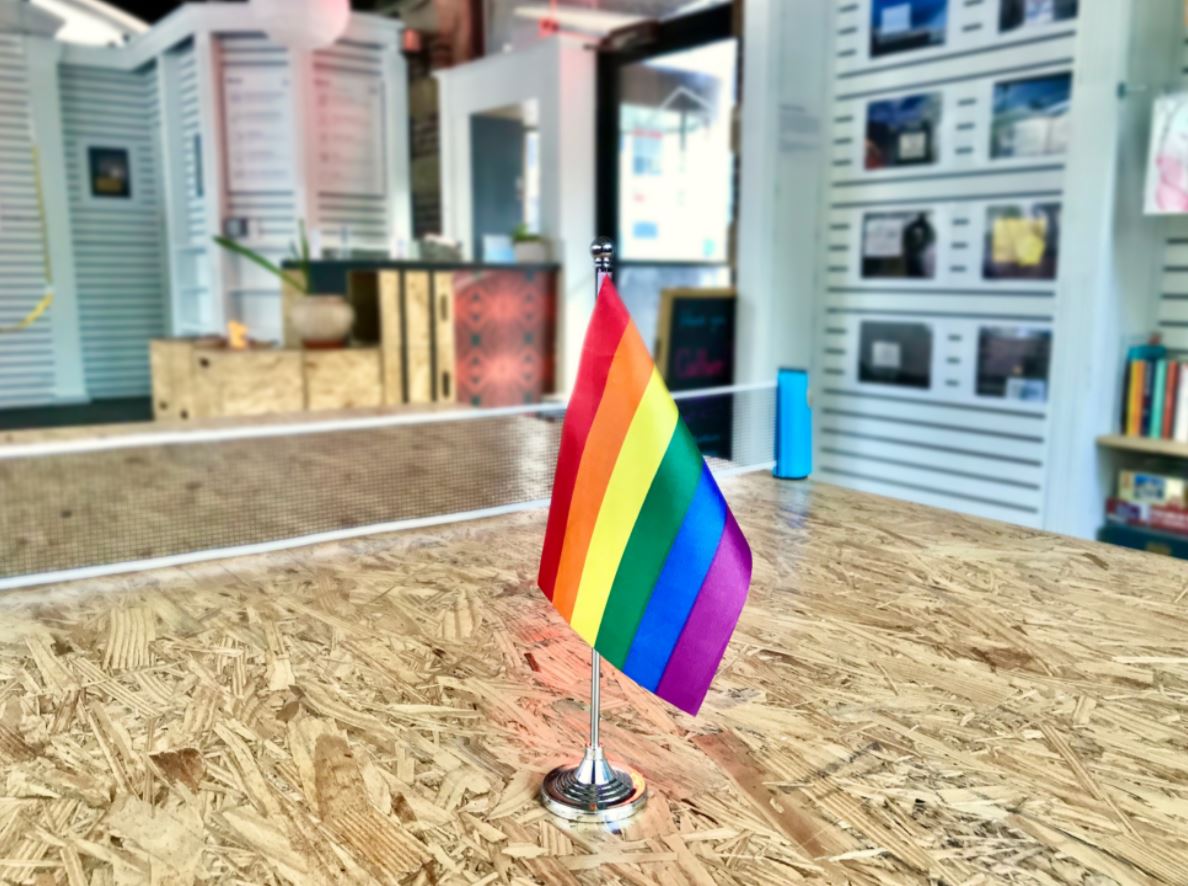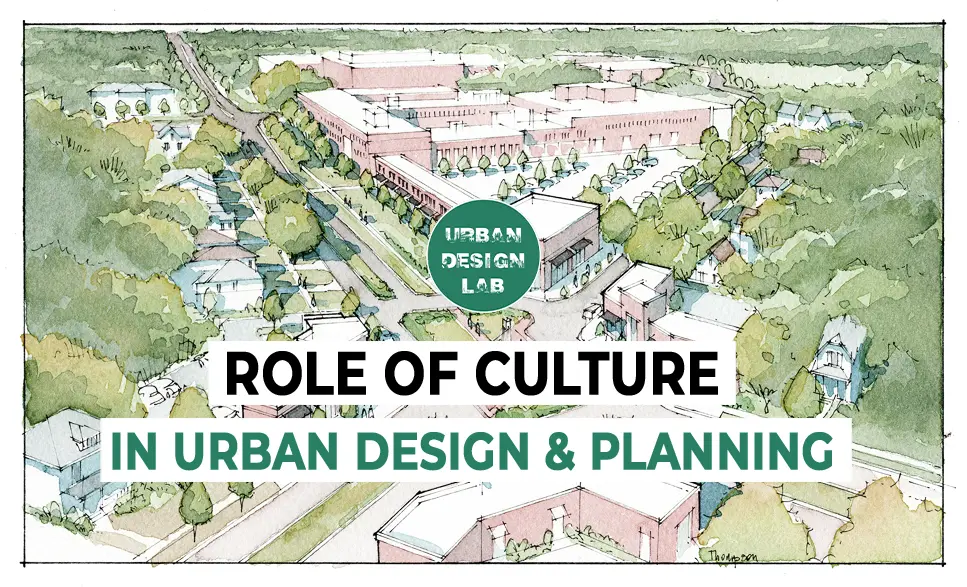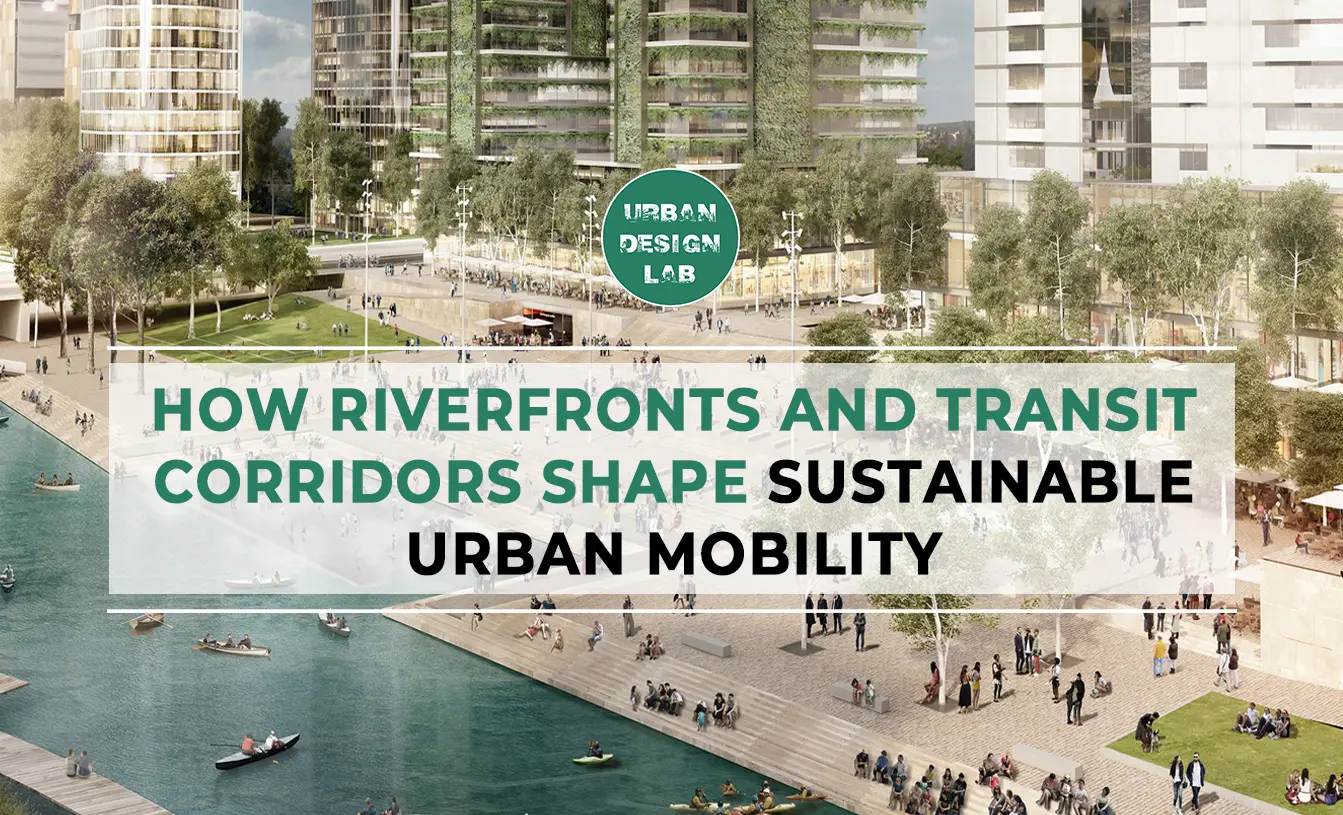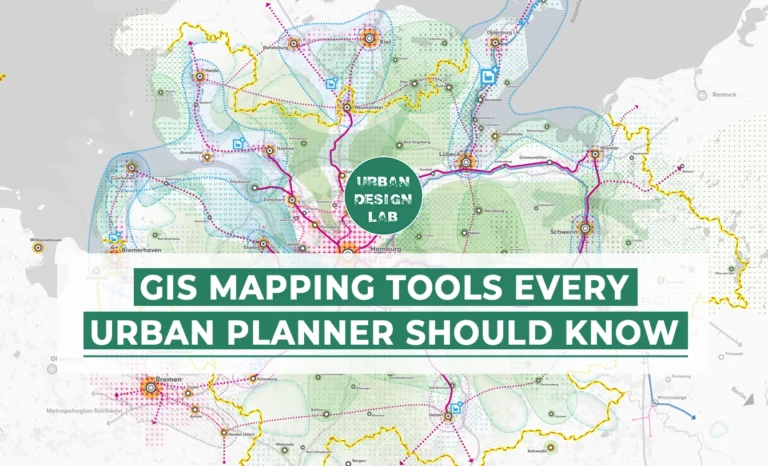
Effective Ways to Reduce Pollution in Modern Cities
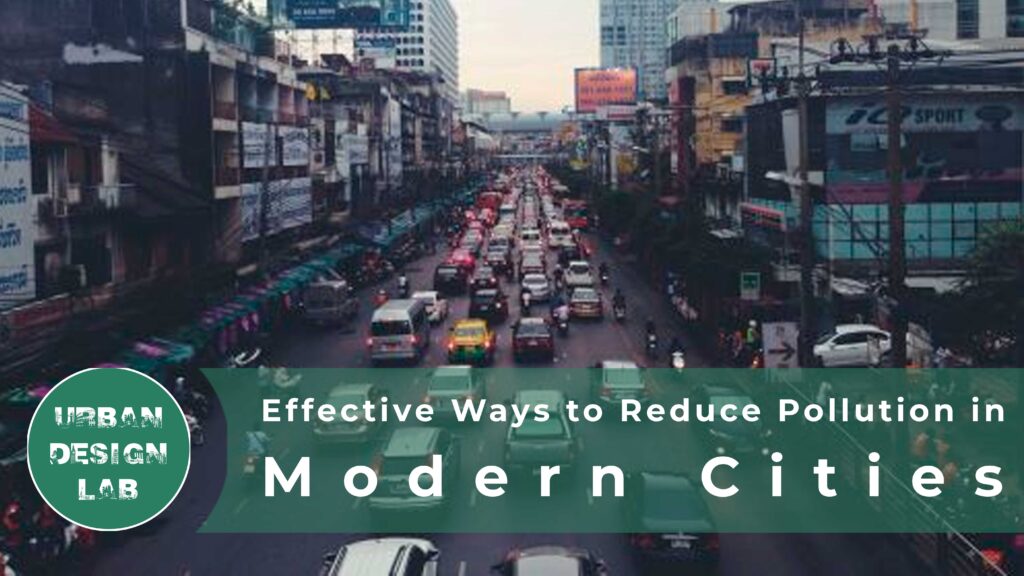
Introduction
Pollution is caused by fabricated activities such as reducing river width or cutting forests to build modern cities for an extremely large population to live in.
The presence of substances and heat in environmental media such as air, water, and land: whose nature, location, or quantity produces undesirable environmental effects (UN Data Environment Glossary)
What causes Pollution in Morden Cities?
Pollution can reduce the health of ecosystems by harming or even killing the living things that call those ecosystems home. The negative effects of pollution can range in severity depending on what the pollutant is, the characteristics of the pollutant, and where the pollutant is located. Pollution is most often composed of synthetic or human-made substances, although even natural substances like sediment, nutrients, and carbon dioxide can become pollutants when they exceed a particular level. If natural substances exceed healthy levels, however, it is very likely the result of human activities. Another common source of land pollution is solid waste, such as household garbage. The garbage, or trash, that we generate includes things like food packaging, food waste, personal care products, and other unwanted items.
Air pollution is a mixture of gases and solid particles in the air. Air pollution comes from the exhaust that cars and trucks produce when they burn gasoline for fuel, chemicals from factories, dust, mold, smog, and other sources. Air pollution can reach harmful concentrations both outside and indoors. 10. Water pollution can occur when pollutants are introduced into groundwater, rivers, lakes, ponds, and oceans. Sources of water pollution include synthetic materials like plastics, chemicals, pesticides, and fertilizers, as well as natural materials like nutrients and sediments. These pollutants often accumulate or build up as they flow downstream. They often eventually end up in bays and oceans since all these waterways are connected. Source: A wave of Plastic Article
How to Control Pollution levels by Urban strategies ?
- Adopt WHO’s standards for the city and monitor air quality and identify pollution priorities.
- The establishment of a “clear act zone” to distinguish between gasoline and diesel vehicles.
- Shifting from personal driving to public transport, walking, and cycling
- Zero emission vehicles for public use
- Clean energy generation by the electricity grid
Reduce the use of solid fuels and waste by recycling or redeveloping. Source : C40 Cities Climate Leadership Group, C40 Knowledge Hub
Word’s most congested city to approach best air quality, Bogota, Columbia
Bogota is the world’s most congested city, according to the UN, but during the COVID pandemic, air pollution dropped dramatically, prompting the government to commit to working on its air quality and traffic planning systems to reduce pollution by 10% until 2024. After 2019, it began developing new strategies, such as cycling, communicating via telephone for guidance, taking public transportation, and driving fewer personal vehicles.
- Electric public transportation with zero emissions City officials intend to transition from fossil-fuel-powered buses to electric-powered vehicles that can transport people around the city without emitting harmful emissions. A fully electric metro rail system capable of transporting the city’s 8 million residents and around 2 million visitors is also being planned.
- Increasing long-distance cycle paths in the city During lockdown, 80 km of temporary cycle paths were added to the existing 550-kilometer network, reclaiming roads from cars to help people avoid traveling on public transport. Plans are in the works to extend the track by 60 kilometres in order to encourage people to ride their bikes instead of driving or taking public transportation.
- Restricting goods vehicles The Mayor of Columbia Sandra Lopez said that the city’s air management plan includes imposing restrictions on trucks entering the city, which will have to comply with strict emissions standards, As well as curbing emissions, enforcing pollution controls on vehicles in this way could help reduce the volume of traffic on Bogotá’s heavily congested streets. Although heavy transport is difficult to electrify, the city aims to incentivize truck operators to switch from diesel vehicles to those that run on cleaner fuels. Source: World Economic Forum
- Increasing air quality monitoring New air quality monitoring stations will be added to the Bogotá Air Quality Monitoring Network. In southwestern areas of the city, where fine particulate matter pollution is most concentrated, the administration wants to work with other stakeholders to reduce particulate pollution by 18%, the Secretary of Environment announced. Bogotá’s mayor invited the city’s residents to change their habits in the coming years to adopt more sustainable ways of moving around the city.
- Encouraging people to walk As with cycling, the city plans to encourage people to avoid polluting forms of transport where possible. With the coronavirus still a threat, walking offers a way to see social distancing measures and avoid crowded public transport. Guidance from C40, a group of leading climate-smart cities that includes Bogotá, explains that pavements that are well lit, accessible, and separated from traffic will encourage pedestrians to move around freely and safely. With residents making more trips on foot, there are fewer vehicles and lower emissions. In addition, walking is good for your health.
New Development Towards Clean Construction for Mexico City
The C40 Cities and Buro Happold has been appointed by Mexico city’s municipal government to work towards clean construction strategy for broader level of growth for city to get back its bio diversity and tackling all climate challenges and its can be a relevant example for world to take recommendation to their relevant context
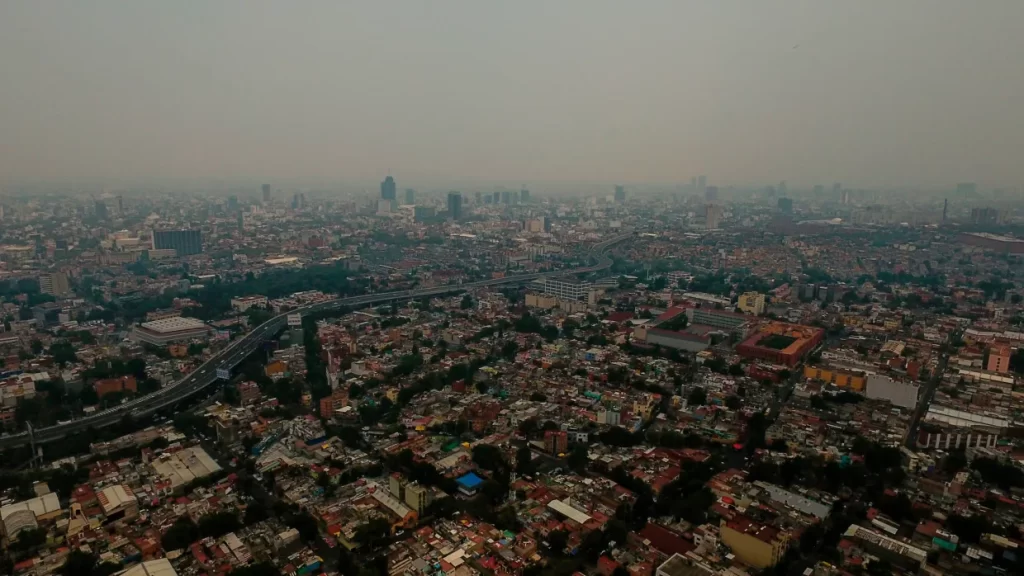
Mexico city has a legacy of using contextual materials for its building construction like, lime mortar and timer , lower carbon emission methods with how city has survived after an earth quake. It has potential to work towards clean construction strategy to redevelop its housing, water supply and air quality challenges.
Challenges in Construction Method in the city
Construction currently contributes more than 23% of the world’s greenhouse gas emissions and over 30% of global resource consumption. By 2050, an additional 2.5 billion people are projected to be living in the world’s cities. As urban populations grow, the need for new buildings and infrastructure will intensify. Construction sites can also physically impinge upon urban spaces, having negative impacts on everything from air quality and local traffic flows to noise levels. Reducing emissions from construction to levels where cities meet their 1.5°C targets will also start changes in the current supply chain and economic structure of the construction industry, with knock-on impacts on jobs, skills, and innovation globally.
Carbon Footprint of the city
Mexico was the world’s 11th largest emitter of greenhouse gases in 2018, emitting 695 MtC02e. Despite declining its output, Mexico remains the second largest oil producer in Latin America, and oil is still one of the country’s key energy sources, along with coal. Mexico has a large and diverse base of renewable energy resources; however, wind and solar make up just 10% of the country’s electricity supply. The Local Climate Action Strategy 2021–2050 shows that Mexico City’s emissions in 2016 were equivalent to 40.5 MtC02e. Of this, transportation handled 61.3% of emissions, stationary sources for 26%, waste for 12.5%, industrial processes and product use for 0.31%, and agriculture, forestry, and other land uses for 0.08%. Without action, the Local Climate Action Strategy forecasts that scope one and two emissions would increase from 27.5 MtC02e in 2016 to 65 MtC02e in 2050. This is equivalent to an increase of 236% in the period.
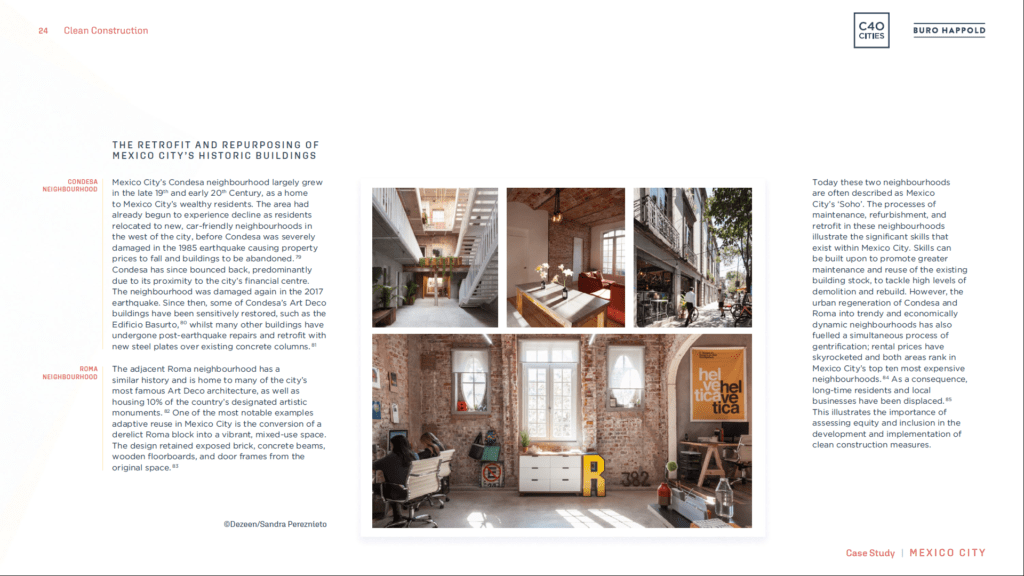
Retrofitting & refurbished the heritage structures.
Mexico City’s Condesa neighbourhood largely grew in the late 19th and early 20th Century, as a home to Mexico City’s wealthy residents. The area had already begun to experience decline as residents relocated to new, car-friendly neighbourhoods in the west of the city, before Condesa was severely. The adjacent Roma neighbourhood has a similar history and is home to many of the city’s most famous Art Deco architecture, as well as housing 10% of the country’s designated artistic monuments. One of the most notable examples adaptive reuse in Mexico City is the conversion of a derelict Roma block into a vibrant, mixed-use space. The design kept exposed brick, concrete beams, wooden floorboards, and door frames from the original space. damaged in the 1985 earthquake causing property prices to fall and buildings to be abandoned. Consequently, long-time residents and local businesses have been displaced. This illustrates the importance of assessing equity and inclusion in the development and implementation of clean construction measures.
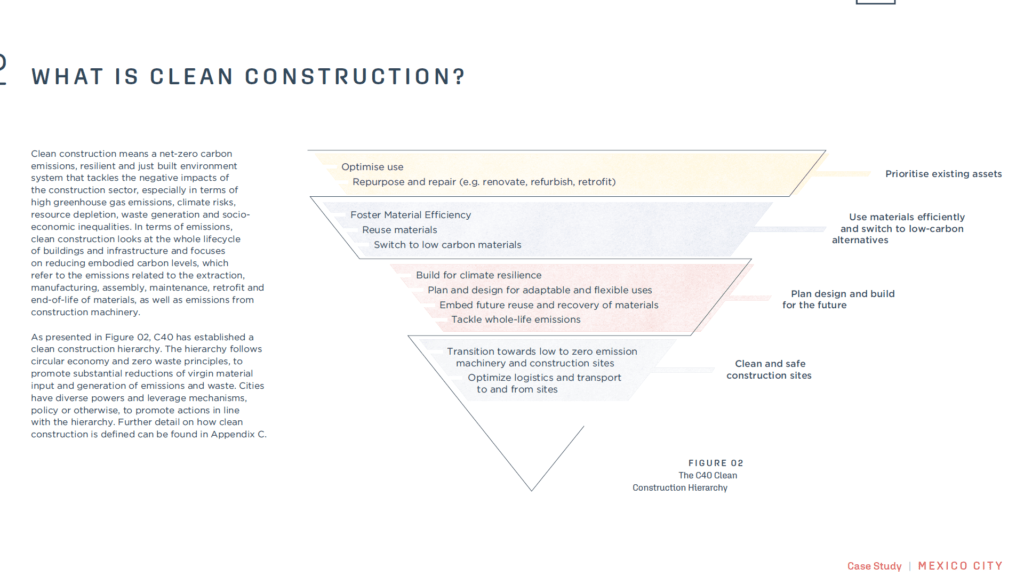
Implementation of Clean Construction method on sites
The Mexico City municipal government can implement and encourage the uptake of clean construction measures in a number of ways, given it has a wide range of powers and has previously used a variety of approaches to drive more sustainable construction practices.
- Promote alternative uses for vacant and unused structures.
- Adapt and refurbish structurally sound buildings rather than demolish regular.
- Maintenance programmes to repair and retrofit existing buildings.
- Use bio-based materials and certified timber products.
- Use prefabricated, off-site and modular construction methods.
- Build physical waste processing infrastructure: materials reuse facilities, r recycling centres, local material disposal routes.
- Develop clean construction training, guidelines and tools.
The benefits of clean construction measures in Mexico City
According to our engagement with members of Mexico City’s built environment sector, key priorities for the city extend beyond carbon emissions, including water and air quality, affordable, high-quality and accessible housing, and green jobs and skills, Clean construction can support improvements in all of the areas.
Construction in Mexico City is a significant part of both the formal and informal economies. It employs many thousands of people and delivers important, large-scale projects. Mexico City is grappling with challenges linked to air quality, water supply, housing standards and provision, and social equity, but it is also pioneering international efforts towards adaptive reuse of urban spaces and zero waste. Clean construction can help tackle social and environmental issues while harnessing diverse local, global, social, and economic benefits for the city.
Source: C40 Cities _ Mexico City _ Report By _2021 _Issue 2
Conclusion
Most of the World’s Economic and Social settlement organisations are working towards reducing pollution from cities and even bigger level as well. Water redevelopment plants in Singapore, World Bank is investing in natural disaster projects which were whole cities have been flooded in monsoon Example: Pakistan-2022 Monsoon.
World Health Organisation is working towards programmes and funding of creating new products for air purifiers and making new planning systems by United nations settlement projects. List of organisations like NACTO(Canada), PLACE (UK) , Design Council , RTPI, ARB, Council OF Architecture, Departments of Planning, TRD projects to maintain and design and redevelop the planning, infrastructure for making less carbon emission plans.
As per both case studies shows that in just four years length world’s congested city can make it transits oriented system so powerful with provision of electrifying vehicles and no carbon emissions on the roads with pavements instead of concrete which is a major step towards green infrastructure. Impressive transits oriented development strategy for the city and still expanding I other neighbouring cities as well.
While Mexico city’s clean construction strategy is depends on housing, water supply and economy with retrofitting its heritage structure and give them new identity with contextual material usage of with timber and less carbon emission structures can grow economy and less corruption in the city on major level programmes by C40 cities’ initiative.
Reference
UN Data Environment Glossary, Definition: Pollution. UN data | glossary
Environmental Pollution, Jerry A Nathanson from Encyclopaedia Britannica, Inc https://www.britannica.com/science/pollution-environment
What is Pollution? Types & Environmental Impacts, A wave of Plastic Article What is Pollution – Final.pdf (umces.edu)
Delhi’s Air pollution smog was 223 in 2018 by the Select Car Leasing by Sophie Williams for Evening Standards https://www.standard.co.uk/news/world/shocking-images-show-what-major-cities-would-look-like-if- all-pollution-was-visible-a4042846.html
C40 Cities Climate Leadership Group, C40 Knowledge Hub https://www.c40knowledgehub.org/s/article/Six-impactful-actions-cities-can-take-to-improve-their-air-quality?l
Make cities and human settlements inclusive, safe, resilient, and sustainable, UN environment programme.https://www.unep.org/explore-topics/sustainable-development-goals/why-do-sustainable- development-goals-matter/goal-11
Hourly Traffic Congestion of Public transport at 11 :00 am and cycle from World Bank Data, Elin Ivarsson, Aiga Stokenberga https://blogs.worldbank.org/transport/managing-transport-demand-and-traffic-congestion-what-can-we-learn-bogota
C40_CC_Mexico city Report _issue(02), Buro Happold, Ferguson Anderson, Alex Couling https://www.burohappold.com/articles/mexico-city-transitions-to-clean-construction/#
Shailee Bhatt is an Architect & Urban Designer. She did work on projects like education campus design, garden redevelopment projects, and economically weaker section housing master plans for India. Her volunteer work in the Green Impact Jury Report was the first prize winner in the UK, for Leeds Beckett University. Shailee likes to put her ideas and imagination into master planning & designing better public spaces. She follows architecture through art. Her designs are based on context. Her methods of visualization are through paint strokes and sketches. Shailee’s ideology of working for the public is to give language and definition to every element for its routine purpose, which must be healthy and sustainable.
Related articles


From Thesis to Portfolio – Free Ebook
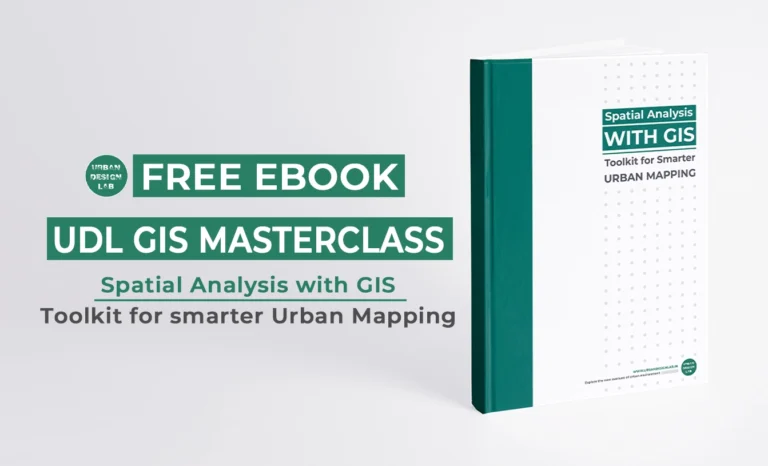
Spatial Analysis with GIS – Free Ebook
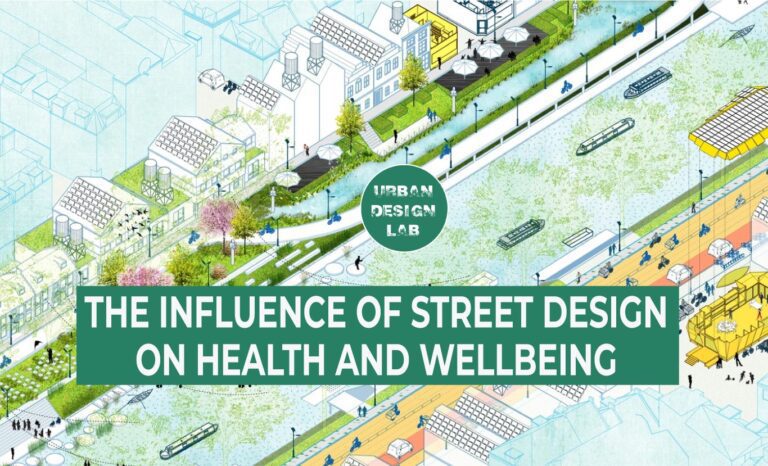
The Influence of Street Design on Health and Wellbeing
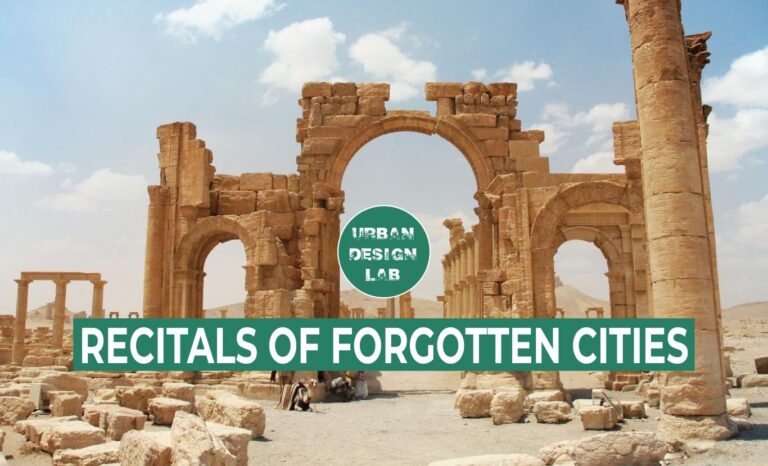
Recitals of Forgotten Cities

Architecture Portfolio Design Toolkit
5-Days UDL GIS
Masterclass
GIS Made Easy – Learn to Map, Analyse, and Transform Urban Futures
Session Dates
14th-18th July 2025

Free E-Book
From thesis to Portfolio
A Guide to Convert Academic Work into a Professional Portfolio”
Recent Posts
- Article Posted:
- Article Posted:
- Article Posted:
- Article Posted:
- Article Posted:
- Article Posted:
- Article Posted:
- Article Posted:
- Article Posted:
- Article Posted:
- Article Posted:
- Article Posted:
- Article Posted:
- Article Posted:
- Article Posted:
Sign up for our Newsletter
“Let’s explore the new avenues of Urban environment together “



